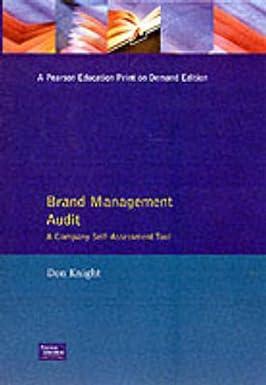Question
may someone help me resolve these questions. thank you 1) When recording the journal entry for labor, the Work in Process Inventory account is Debited
may someone help me resolve these questions. thank you
1) When recording the journal entry for labor, the Work in Process Inventory account is Debited for standard labor cost. Debited for actual labor cost. Credited for standard labor cost. Credited for actual labor cost. Not used.
2) Fletcher Company collected the following data regarding production of one of its products. Compute the direct materials price variance. Direct materials standard (6 lbs. @ $2/lb.) $12 per finished unit Actual direct materials used 243,000 lbs. Actual finished units produced 40,000 units Actual cost of direct materials used $483,570 $2,430 unfavorable. $3,570 unfavorable. $2,430 favorable. $6,000 unfavorable. $3,570 favorable.
3) Use the following data to find the total direct labor cost variance if the company produced 3,500 units during the period. Direct labor standard (4 hrs. @ $7/hr.) $28 per unit Actual hours worked 12,250 Actual rate per hour $7.50 $6,125 unfavorable. $7,000 unfavorable. $7,000 favorable. $12,250 favorable. $6,125 favorable.
4) Fletcher Company collected the following data regarding production of one of its products. Compute the direct labor rate variance. Direct labor standard (2 hrs. @ $12.75/hr.) $25.50 per finished unit Actual direct labor hours 81,500 hrs. Actual finished units produced 40,000 units Actual cost of direct labor $1,100,250 $80,250 unfavorable. $80,250 favorable. $61,125 favorable. $61,125 unfavorable. $19,125 unfavorable.
5) Fletcher Company collected the following data regarding production of one of its products. Compute the direct labor efficiency variance. Direct labor standard (2 hrs. @ $12.75/hr.) $25.50 per finished unit Actual direct labor hours 81,500 hrs. Actual finished units produced 40,000 units Actual cost of direct labor $1,100,250 $19,125 favorable. $80,250 favorable. $61,125 favorable. $19,125 unfavorable. $80,250 unfavorable.
6) Sales variance analysis is used by managers for: Planning purposes only. Budgeting purposes only. Control purposes only. Planning and control purposes. Planning and budgeting purposes.
7) Regarding overhead costs, as volume increases: Total fixed cost increases, total variable cost remains constant. Total fixed cost remains constant, total variable cost increases. Total variable cost decreases, total fixed cost remains constant. Both total fixed cost and total variable cost increase. Both total fixed cost and total variable cost remain constant.
8) A flexible budget may be prepared: Before the operating period only. After the operating period only. During the operating period only. At any time in the planning period. Only when the company encounters excessive costs.
9) A flexible budget performance report compares the differences between: Actual performance and budgeted performance based on actual sales volume. Actual performance over several periods. Budgeted performance over several periods. Actual performance and budgeted performance based on budgeted sales volume. Actual performance and standard costs at the budgeted sales volume.
10) Regarding overhead costs, as volume increases: Unit fixed cost increases, unit variable cost decreases. Unit fixed cost decreases, unit variable cost increases. Unit variable cost decreases, unit fixed cost remains constant. Unit fixed cost decreases, unit variable cost remains constant. Both unit fixed cost and unit variable cost remain constant.
Step by Step Solution
There are 3 Steps involved in it
Step: 1

Get Instant Access to Expert-Tailored Solutions
See step-by-step solutions with expert insights and AI powered tools for academic success
Step: 2

Step: 3

Ace Your Homework with AI
Get the answers you need in no time with our AI-driven, step-by-step assistance
Get Started


